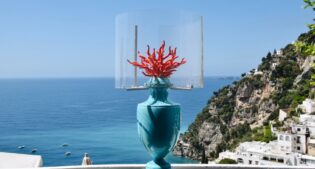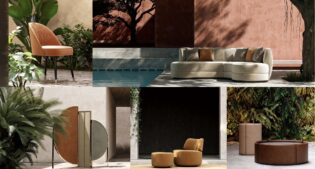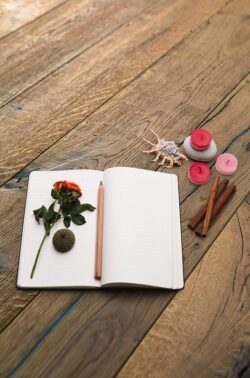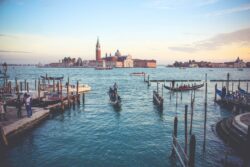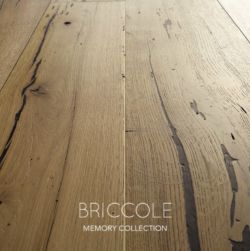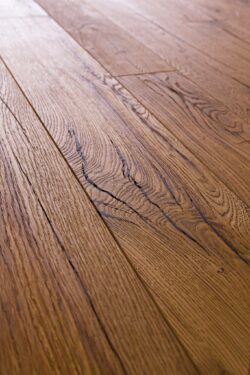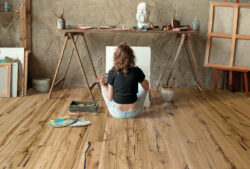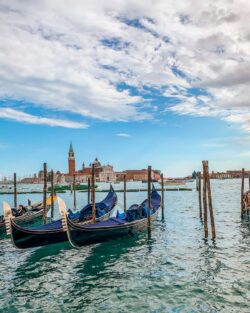In the collective imagination linked to the beauty and uniqueness of Venice, there is certainly the splendid lagoon, with all the poles in the sea that indicate to the boats the limit of the deepest part of the water, those that can be crossed without risk. These poles, therefore used to mark navigable areas, are called briccole (or bricole, in Venetian). They are made of oak and reach lengths of up to 10 meters.
Lagoon sea of Venice has about 50 thousand briccole, thus hiding a natural heritage unknown to many.
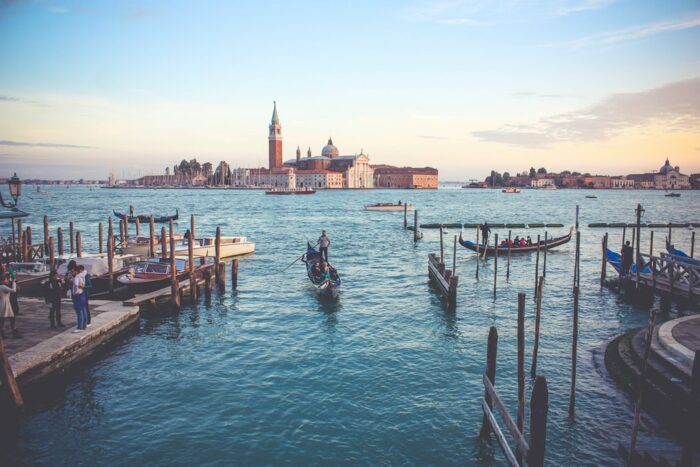
Why do we talk about heritage in relation to briccole?
The life of the briccole at the sea can last about ten years, sometimes even more, depending on the lagoon area in which they are installed. Periodically, the briccole are replaced due to wear (due to salt and weather) and the drilling of teredini, small molluscs (also called sea worms) that literally eat the wood. However, the natural heritage of the briccole continues them life cycle, acquiring a new form and usefulness.

A sea of parquet: the briccole of Ideal Legno
The image of the sea of parquet is the one that best summarizes the parquet of briccole. The new life given to the briccole shows on each plank the evident signs of what has been. The lines, the streaks, the furrows created by the advance of the teredini: everything that was briccola in the sea continues to be briccola on land.
Ideal Legno (company based in province of Venice, in Italy), has created a series of briccole products that, from the uniqueness of the waters of Venice, come back to life in domestic or contract spaces, capable of transmitting authentic and natural beauty. The parquet testifies in every piece the passage of the teredini. A careful process of drying and cleaning the wood of the sea ensures its natural processing and a resistant and long-lasting finished product, which carries with it the knowledge of the sea, the life cycle of the teredini and the wise recovery of man. The parquet is therefore authentic, because it not only respects the environment but because it enhances it, giving the old briccola a new identity.

The briccole parquet is unique in terms of texture, veins, colors and testimony of the biological processes that have found a home and life in it. The wooden floor obtained from the briccole can be brushed, planed, sawn, sandblasted and worm-eaten to accommodate projects and settings.
Briccole parquet as a summer imagery
The word “parquet” is often associated with winter contexts, perhaps enriched by the presence of a fireplace, an environment with a comfortable temperature and naturalistic contexts to complement. The use of wooden floors has very ancient origins, just think of the European noble residences (from the Palace of Versailles to Palazzo Madama in Turin). The parquet is actually an excellent solution even for more “summer” environments and located near the sea. It is even more so if the parquet is “made from the sea” as in the case of the briccole. Imagine a life cycle of a material which, never running out, is relocated near where it has already spent at least ten years of its life.
Apart from the houses by the sea, the briccole parquet is a flooring of rare beauty that makes all the rooms elegant, giving history and authenticity and helping the environment. I leave you some inspiration of the grain of the briccole, so that you can appreciate their unique features and imagine the sound of the waves of the Venice lagoon.

